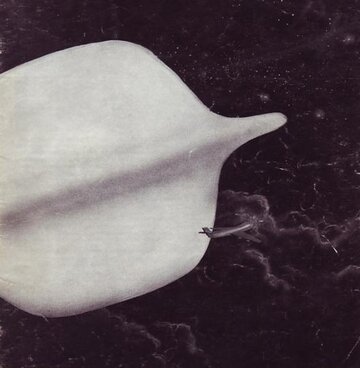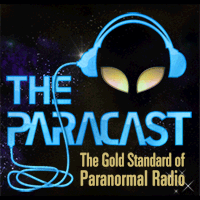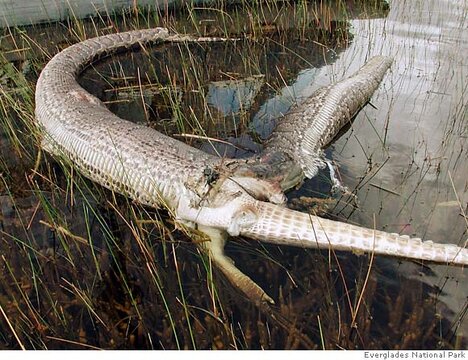That's a broad stroke if I ever saw one. We've got quantum improvements over the control over our airspace in the last 100 years and we're at the stage where we can take a serious look into the good cases.
Get the radar track for the following case, check the flight coms below. Interview the witnesses (pilot, co-pilots....) I would definitely link this event to a simple ETH scenario. Get to the bottom of this through official investigation and you'll get your answer.
1986: Japan Airline flight 1628 747 cargo. Reykjavik to Alaska:
6:19 PM local time: The pilot of JL1628 requested traffic information from the ZAN (FAA Air Route Traffic Control Center, Anchorage) Sector 15 controller.
6:26 PM: ZAN contacted the Military Regional Operations Control Center (ROCC), and asked if they were receiving any radar returns near the position of JL1628. The ROCC advised that they were receiving a primary radar return in JL1628's 10 o'clock (left-front) position at 8 miles [13 km.].
6:27 PM: The ROCC contacted ZAN to advise they were no longer receiving any radar returns in the vicinity of JL1628.
6:31 PM: JL1628 advised that the 'plane' was 'quite big,' at which time the ZAN controller approved any course deviations needed to avoid the traffic.
6:32 PM: JL1628 requested and received a descent from FL350 to FL310 (flight level 350 and 310, meaning altitude of 35,000 and 31,000 feet, or 10,500 m. and 9,500 m.). When asked if the traffic was descending also, the pilot stated it was descending 'in formation.'
6:35 PM: JL1628 requested and received a heading change to two one zero (210 degrees, or southwest). The aircraft was now in the vicinity of Fairbanks and ZAN contacted Fairbanks Approach Control asking if they had any radar returns near JL1628's position. The Fairbanks Controller advised they did not.
6:36 PM: JL1628 was issued a 360 degree turn and asked to inform ZAN if the traffic stayed with them.
6:38 PM: The ROCC called ZAN advising they had confirmed a 'flight of two' in JL1628's position. They advised they had some 'other equipment watching this,' and one was a primary target only.
6:39 PM: JL1628 told ZAN they no longer had the traffic in sight.
6:42 PM: The ROCC advised it looked as though the traffic had dropped back and to the right of JL1628, however, they were no longer tracking it.
6:44 PM: JL1628 advised the traffic was now at 9 o'clock (left).
6:45 PM: ZAN issued a 10 degree turn to a northbound United Airlines flight, after pilot concurrence, in an attempt to confirm the traffic.
6:48 PM: JL1628 told ZAN the traffic was now at 7 o'clock (left rear), 8 miles [13 km.].
6:50 PM: The northbound United flight advised they had the Japan Airlines flight in sight, against a light background, and could not see any other traffic.
6:53 PM: JL1628 advised that they no longer had contact with the traffic."





